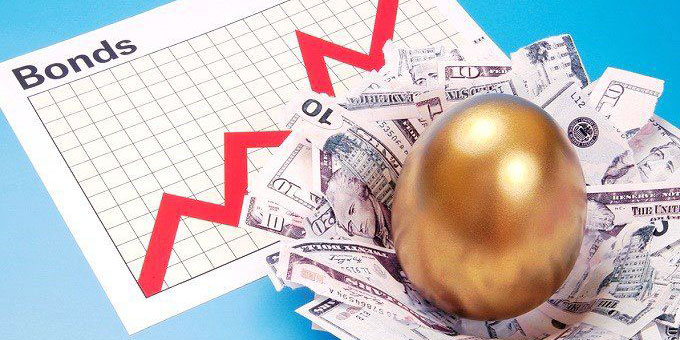Are Low P/E Stocks Always The Best Option?
Triston Martin
Jan 09, 2024
Overpaying for a stock that has a high P/E ratio is possible. Are stocks with lower P/E ratios necessarily better than those with higher P/E ratios? It isn't easy to generalize because of the variability in each circumstance. Find out what a low P/E ratio is, how to interpret it, the difference between a high P/E ratio and a good one, and more by reading on!
Evaluating the Strength of a P/E Ratio

When it comes down to it, there is no one-size-fits-all definition of a healthy price-to-earnings ratio. Many value investors prefer a lower P/E ratio. Again, these ratios are frequently employed for comparison. Therefore, whether something is good or poor depends on the standard against which it is measured.
However, many value investors would tell you that P/E ratios in the 20-25 level are about par for the course in the market. Like in golf, a lower P/E ratio indicates a more promising investment opportunity.
Those above, however, presuppose a value-based outlook on the market. If you'd instead put your money into larger, less risky companies, you could be ready to pay a higher P/E ratio for your stock purchases.
P/E Ratio: What Does It Mean?
The current stock price is divided by earnings per share over the last 12 months (trailing 12 months) to arrive at the P/E ratio. The price-to-earnings ratio (P/E ratio) is a common way of expressing the relationship between the price of a stock and its earnings over the last 12 months.
A stock priced at $40 with an EPS of $2 would have a P/E ratio of 20, but a stock priced at $20 with an EPS of $ would also have a P/E ratio of 20. Both of these equities are valued similarly relative to their profits. In both scenarios, investors fork up $20 for every $1 in profit. What if, nevertheless, a share of stock generating $1 per share was trading for $40 per share?
Then the price-to-earnings ratio would be $40 instead of $20, with the investor forking up $40 to gain access to $1 in profits. This appears to be overpriced, but several elements might favor the bargain. First, the firm may charge a higher price now for more significant future earnings since it is predicted to generate sales and earnings much faster than companies with a P/E of 20.
Limitations of the Price-to-Earnings Ratio in Investing

The P/E ratio is deceptively simple to calculate since the profits figure can significantly impact the final result. One reason is that different businesses use different accounting methods when reporting their profits.
It is also possible that the corporation has inflated its earnings by understating or concealing its expenses. For this reason, it's prudent to treat the P/E ratio with some caution. As another justification, a high ratio may indicate that the firm is expanding rapidly. Its ratio is high since the company invests heavily in its future growth. Therefore, it could still be a bargain.
That is to say, the price-to-earnings ratio alone is not enough to make an investment decision. Aside from the traditional indicators of profit and loss, revenue, and other firm basics, numerous others exist to consider.
Comparisons Must Be Made
It's also worth noting that typical P/E ratios tend to differ by sector. Companies in secure, well-established sectors with modest growth prospects tend to have lower P/E ratios than those in dynamic, fast-growing sectors. The P/E ratio is a valuable measure of a company's profitability and allows investors to see differences across firms when considering investments quickly.
In contrast, if an investor only bought stocks with low P/E ratios, their portfolio would likely be comprised of utilities and other comparable firms, leaving them less diversified and more vulnerable than if they had invested in a broader range of industries with more typical P/E ratios.
But this doesn't rule out the possibility that high P/E equities might eventually prove profitable investments. Let's say the same firm was predicted to earn $4 per share next year, resulting in a P/E of 40. In a year, the company's price-to-earnings ratio would be 10, making it seem cheap.
Summary
When evaluating stocks using P/E ratios, it is crucial to consider the premium you are paying for a company's current profits and whether or not that growth expectation justifies the premium. It is essential to evaluate the company's premium in light of its value relative to its competitors in the industry.







